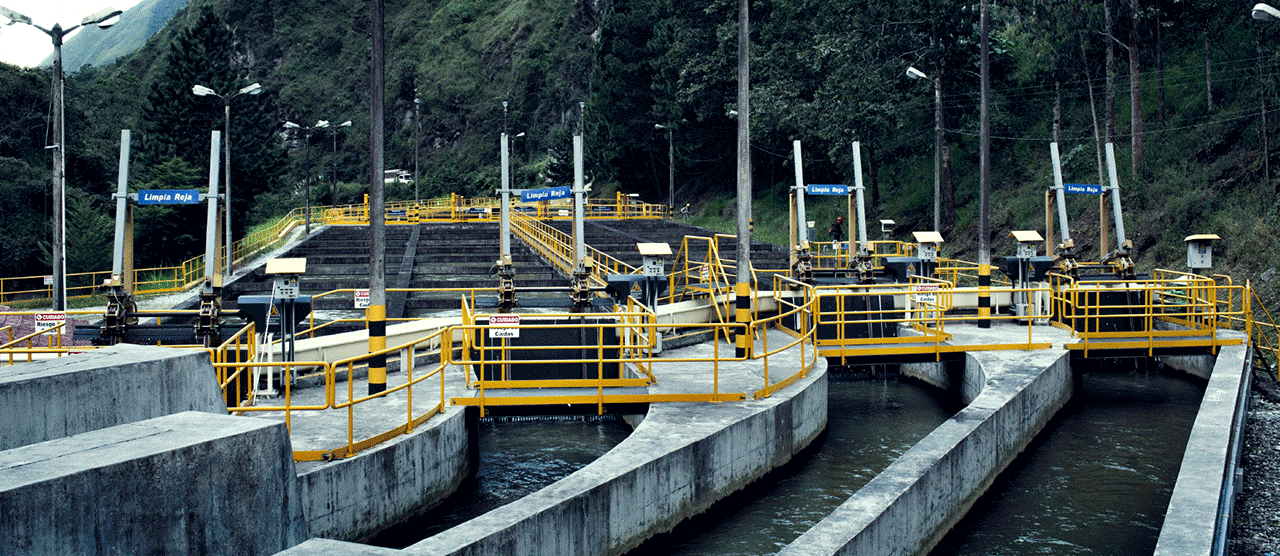Hydroelectric energy is a renewable energy source which is produced by dams using river flows. There are many types of hydroelectric power plants , each one of them with their own characteristics.
Types of Hydroelectric Power Plant
The world’s most common hydroelectric power plant is the “dam power plant”. In this type of power plant, water accumulates in the dam until it falls from a certain height over a water turbine, which turns producing electricity through electric generators located in the machine room. Then, the voltage is increased to deliver energy to the electric grid without great losses. The water used continues its natural course.
“Run-of-the-river power plants” are another type of hydroelectric power plants that uses rivers’ natural slopes to carry water throughout a channel until it arrives to the power plant, where turbines ―which may have a vertical-axis if the slope is pronounced or a horizontal-axis if the slope is small) turn generating electricity like dam power plants. This type of power plant operates continuously.
Pumped-storage power plants is the third type of hydroelectrical power plants that, besides taking advantage of water energy, can consume energy to transport water to a higher elevation during off-peak times and release it when there is high electrical consumption. They work as an energy storage method to meet the energy demand.
At Enel Peru , we promote the use of water resources for the provision of power supply to thousands of Peruvian households by our power plants in Huinco , Matucana , Callahuanca , Moyopampa , Huampaní , Yanango and Chimay . Furthermore, we are building the Ayanunga Hydroelectric Power Plants which will make possible to increase our clean energy generation capacity in favour of thousands of Peruvian households.


